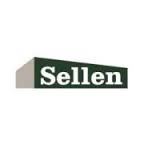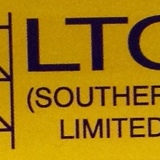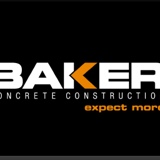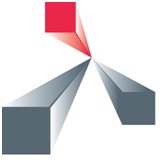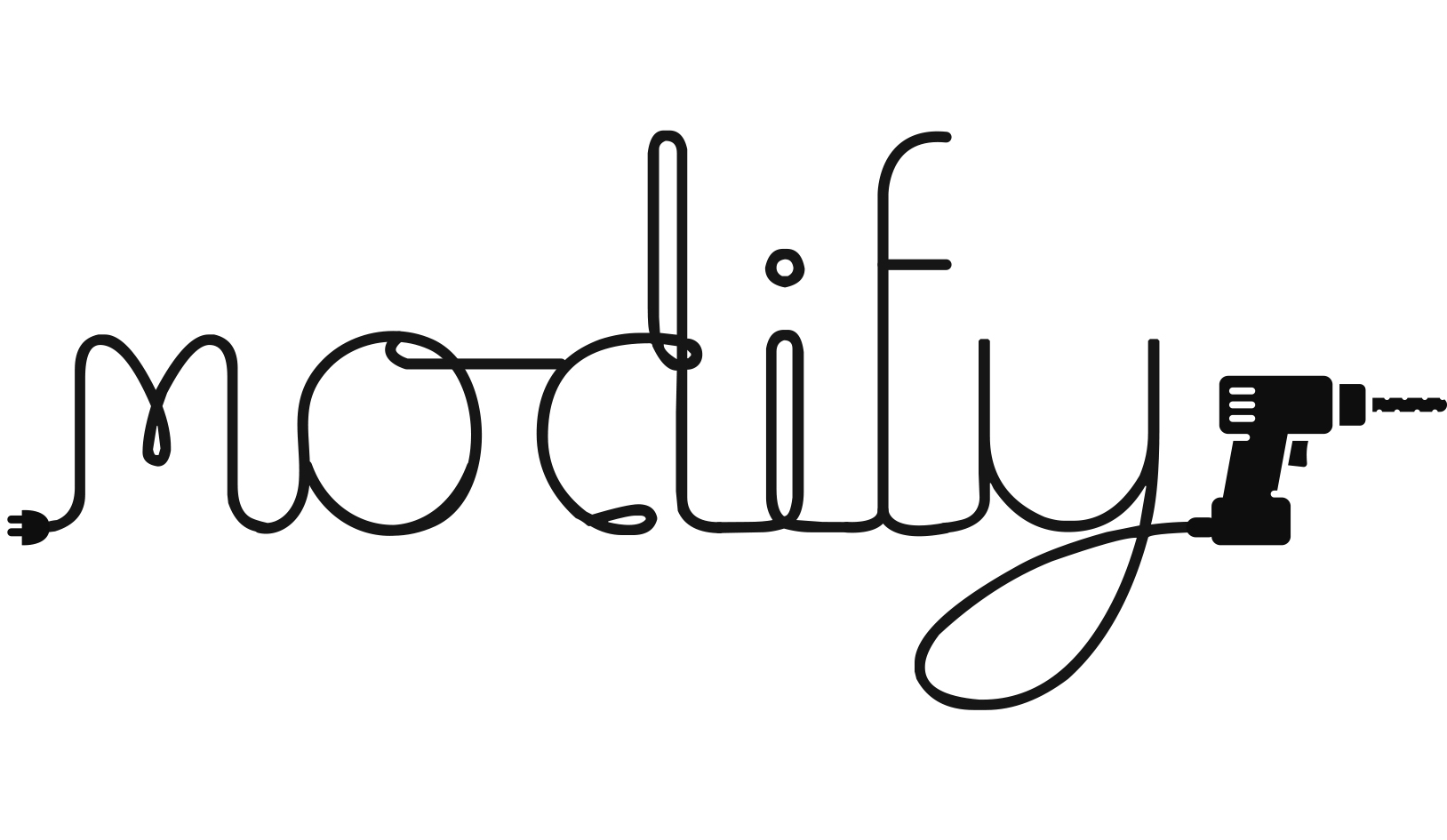Information
-
Project
-
Date
-
Project Manager
-
Superintendent
-
Phase(s) of Work
PROJECT ENVIRONMENT EVALUATION
-
Housekeeping: site is kept neat, clean & orderly – Nothing Hits The Deck in place – trash / debris managed – clean up as you go evident
-
Access: adequate signage & designated access / exit points present – pathways, ladders, & stairs clear of debris & trip hazards – no obstacles / hazards to negotiate in access / exit paths
-
Material Storage: site is well organized - material stored on carts/ wheeled carts when possible – just in time deliveries – designated / managed storage areas for all materials
-
Public Hazard Protection: no hazards to the public or pedestrians present – adequate signage – flaggers/spotters used – no trip hazards in pedestrian walkways – public access / security is controlled
-
PPE Use: PPE used per site specific plan, AHA or as needed - PPE is provided & being maintained in good condition – High Visibility clothing used on outer layer – PPE signage present
-
Electrical: cord management in place – cords protected from damage – 100% GFCI protection
-
Lighting: passageways & access areas well lit – task lighting as needed – task lighting guarded & secured
-
Fire Protection: hot work effectively managed – flammable materials removed – extinguishers present
-
Laydown Areas: Neat & Organized – materials secured properly – no trip hazards – clear access in & around laydown areas –hazardous or flammable materials properly stored
-
Crew Shacks / Break Areas: Clean and orderly – food waste removed daily – no material stored in area
-
Office Trailers / Areas: Safe access – free of trip, fire & electrical hazards – waste removal is managed- good lighting present – adequate security measures.
Project Safety Culture Initiatives: (Check if site has initiative in place)
-
Nothing Hits The Deck
-
"IM IN"
-
Pre-Shift Warm-ups
-
Safety Excellence Posters
-
Site Safety Awards / Recognition Program
-
Safety Orientations
-
Daily Foreman Huddles
-
Others:
Project Safety Management Evaluation
SAFETY COMMUNICATION/LEADERSHIP
-
Team clearly communicates and discusses safety goals and performance expectations
-
Team includes safety considerations in all tasking, production and planning discussions
-
Team leads safety program / performance by example – management has active role is safety
-
Team encourages worker participation in safety meetings and safety planning
-
Team recognizes employees for team and individual safety performance
-
Team communicates safety challenges and successes effectively with Safety and Risk Department.
-
Team encourages everyone to report near misses – discusses lessons learned
SUBCONTRACTOR COLLABORATION
-
Team members clearly communicates Sellen’s safety performance expectations at pre-cons, orientations and foremen meetings
-
Team encourages subcontractor’s management involvement in safety preplanning & safety performance / Team seeks input on safety issues from subcontractors
-
Team holds subcontractors accountable for poor safety performance - facilitates effective solutions
-
Team effectively observes and directs subcontractor’s safety performance in the field
-
Team encourages subcontractors to perform documented safety inspections , pre task safety meetings, morning warm ups sessions and morning safety huddles
SAFETY PREPLANNING
-
Pre-Task Planners used effectively by foreman & reviewed by site management
-
Team works with Safety Department when planning for high risk or difficult tasking
-
Team develops task specific safety plans for high risk activities
-
Holds pre-task / pre-planning meetings for high risk work – includes subcontractors & field employees in planning
-
Safety is discussed at Foreman meetings / Pull Plan meetings / other subcontractor & site meetings
SAFETY INSPECTION PROCESS
-
Site team conducts weekly documented inspection- reviewed by PM & Superintendent
-
Team shares results of inspections during safety meetings and foreman meetings.
-
Team encourages other team members and subcontractors to be involved in site safety inspections / weekly safety walks
-
Team holds individuals / subcontractors accountable for deficiencies & unacceptable performance
-
Team follows inspections with prompt corrective actions when required – no outstanding items repeated weekly
-
Safety Management Positive Observations – Good Practices
-
Safety Management Areas for Improvement / Corrective Actions:
-
Incidents / Near - Misses or Safety Concerns This Evaluation Period:
-
Corrective Actions / Lessons Learned:
SUBCONTRACTOR EVALUATION: (Evaluate a Subcontractor’s Safety Performance And Safety Leadership)
-
Subcontractor:
-
Trade:
-
Subs Site Management Team effectively manages & supports site safety program?
-
Comments / Evaluations:
Audit Team Members
-
Project Manager
-
Superintendent
-
Site Safety
-
SAFETY DEPARTMENT COMMENTS:
